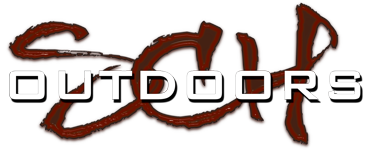Just because the hunting forums are calling it one thing the biologists are not calling it PHMD.
Taken from 2015 Deer Zone Information d16 zone info 2015.doc Page 1of 7 General Deer Hunting Information For ZONE D-16 (Includes Additional Hunts G-13, M-6 and A-22): https://nrm.dfg.ca.gov/FileHandler.ashx?DocumentID=83189&inline
HERD CONDITIONS AND HABITATS
The deer population in Zone D-16is considered stable to slightly declining,yet considerably below levels
seen in the late 1960's and 1970's. As with most deer herds in California and other western states, the
long-term population trend has been on a steady decline since the 1960’s and 1970’s. These long-term
declines have been due to land management practices that have precluded fire, resulting in changes
toward more mature and less diverse habitats, and reduced quality and quantity of deer habitats. Short-term fluctuations in deer populations are usually attributed to weather events that affect forage production.
The subspecies of deer inhabiting Zone D-16 is the Southern mule deer. Deer in Zone D-16 are considered resident deer. That is, their movement is up and down the slopes, they do not make long seasonal migrations. Deer in some portions of the zone may move to higher elevations in
late spring and remain there until the first heavy fall storms force them down below the snow line. This downward movement often occurs during the hunting season, so hunters should be prepared to move to
lower areas later in the season after stormy weather.
The vegetation is highly varied throughout Zone D-16 ranging from coastal oak and scrub, chaparral and desert scrub to hardwood-conifer habitats.
Generally speaking, deer populations in this area respond favorably to vegetation disturbances that enhance brush species (wildfire and timber harvesting). Riparian areas (areas along watercourses), recently burned areas or clear cuts that have re-sprouted with brush
are good areas to hunt. Areas where oaks are producing acorns may also attract deer. Typically, lower densities of deer are observed in the more densely forested areas or in older, more decadent brushlands

